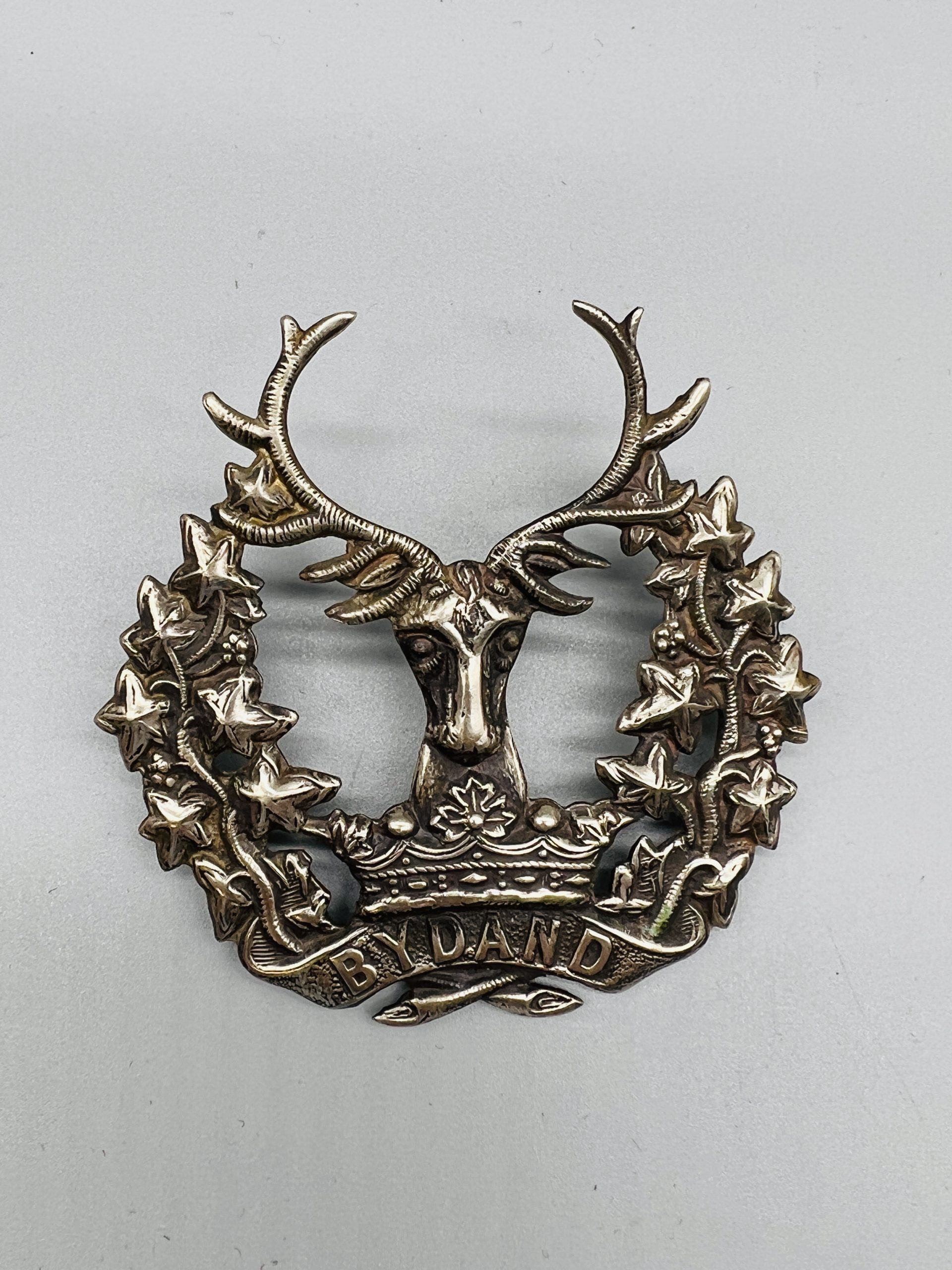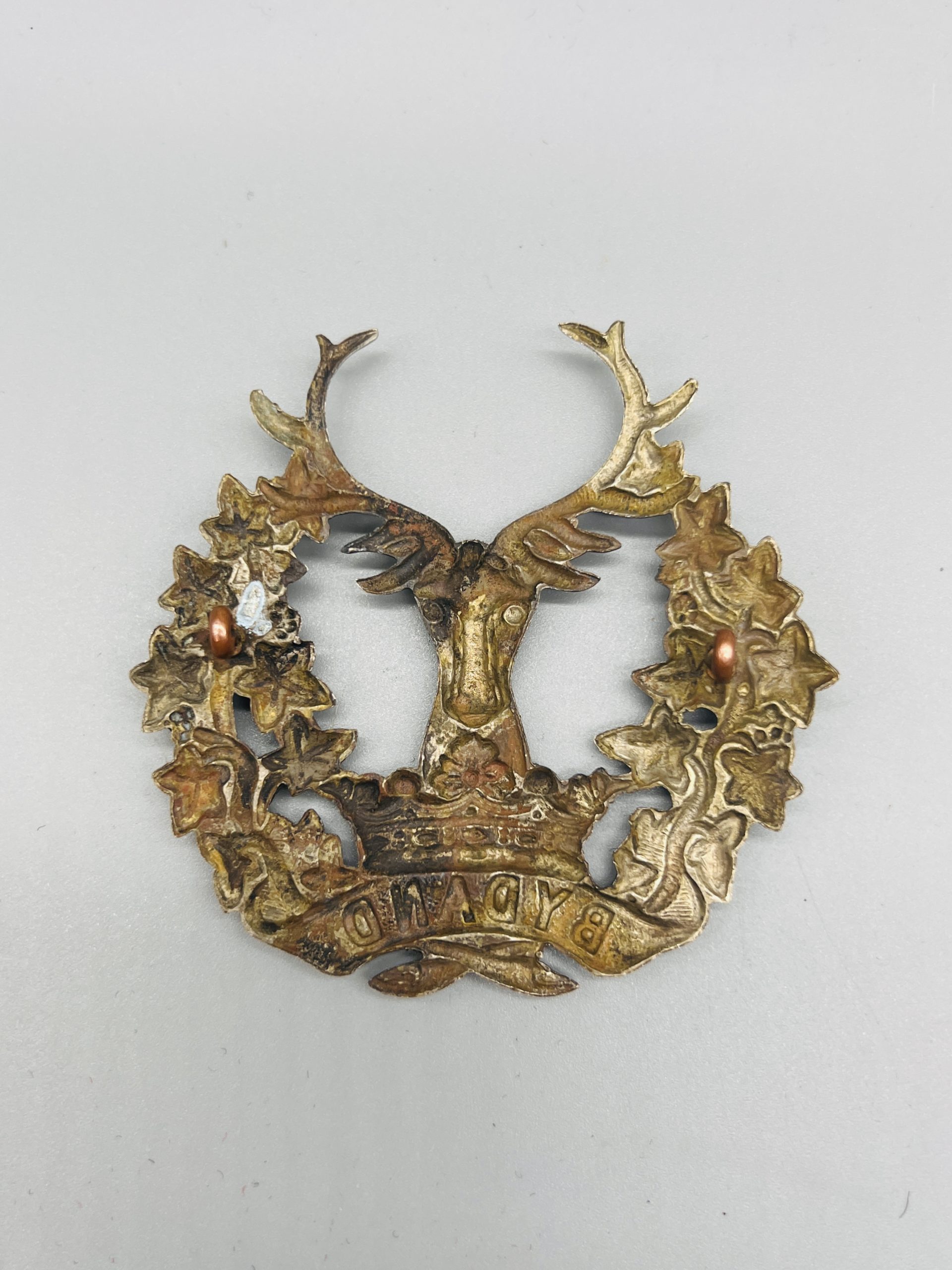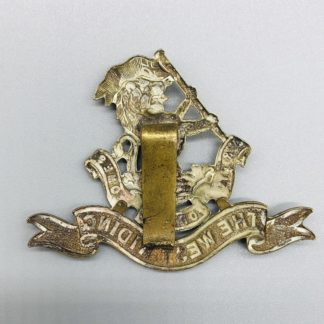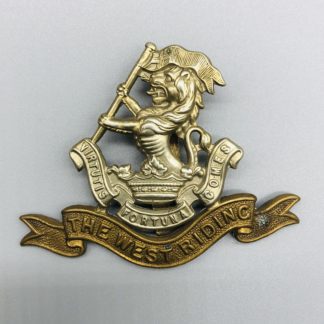Description
The Gordon Highlanders
The Regiment was officially formed in 1881 when two Scottish Regiments the 75th and 92nd were amalgamated during the Childers Reforms however; the Regiment can trace its history further back nearly 100 years prior to this.
The 75th was formed in 1787 for service in the Far East, by Robert Abecromby, and as was the tradition at the time, named after their Colonel as the Abercromby’s Highlanders. They first served in India, fighting for the East India Company at Seringapatam and Mysore against the Kingdom of Mysore during the Fourth Anglo-Mysore War (1798–1799). The Regiment was station in the Mediterranean during the Napoleonic Wars, served in South Africa during the Kaffir Wars, protecting Dutch and English settlers from the aggressive native tribes north of Cape Town, and during The Indian Rebellion of 1857. In 1862 all British Regiments without Royal titles were awarded county titles in order to aid recruitment therefore the 75th became The Regiment was renamed The 75th (Stirlingshire) Regiment.
The 92nd Regiment of Foot was first raised by Alexander Gordon, the 4th Duke of Gordon in 1794 as the 92nd (Gordon Highlanders) Regiment of Foot. The Regiment went on to serve during The War of the Second Coalition (1798–1802) fighting at The Battle of Alkmaar (1799) against the French and Batavian Republics, the Battle of Mandora and the Battle of Alexandria. The Regiment fought at the Battle of Corunna before participating in the disastrous Walcheren Campaign, after which only 300 of the 1,000 men remained fit for service mainly due to Walcheren fever (thought to be a combination of malaria and typhus). From 1810 the 92nd fought in the remainder of the Peninsular War as well as at the Battle of Waterloo (1815). The Regiment was posted to Jamaica for 8 years from 1819 and then on garrison duties in various counties including Scotland, Ireland, Barbados, the Ionian Islands and Gibraltar. It also served during the Crimean War but saw no major action and then during the Indian Rebellion of 1857 returning to England in 1863 for the first time in 17 years.
In 1881 these two Regiments were merged as part of the Childers Reforms and became the Gordon Highlanders. The Childers Reforms restructured the British army infantry Regiments. The reorganization created a network of multi-battalion Regiments each having two regulars and two militia battalions except in Ireland were two regular and three militia battalions became the standard. The newly formed Regiment went on to serve in various foreign campaigns including; The Relief of the Chitral Expedition 1895 while stationed in India and at The Battle of Elandslaagte during The Second Anglo-Boer War (1899–1902) and two World Wars.
In 1994, the Regiment was merged with Queens Own Highlanders to become ‘The Highlanders’ (Seaforth, Gordons and Camerons). In 2006 the Regiment once again amalgamated, with The Royal Scots Borderers, The Royal Highland Fusiliers, The Black Watch, and The Argyll and Sutherland Highlanders to form the Royal Regiment of Scotland.






